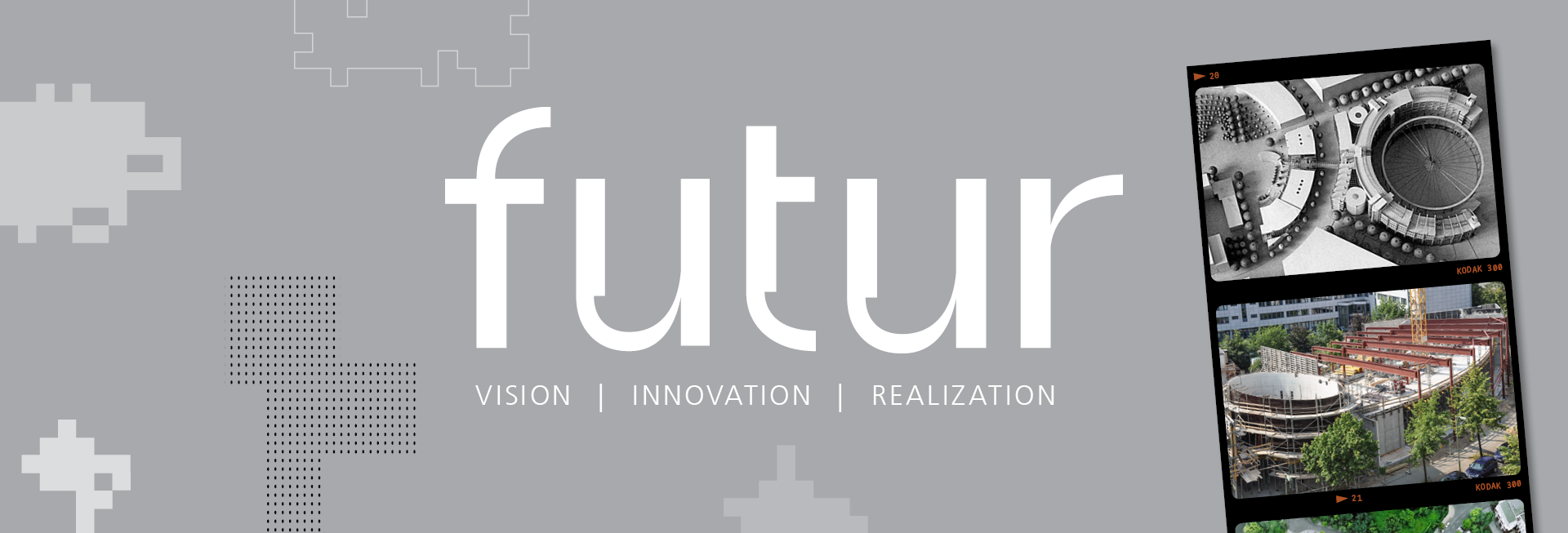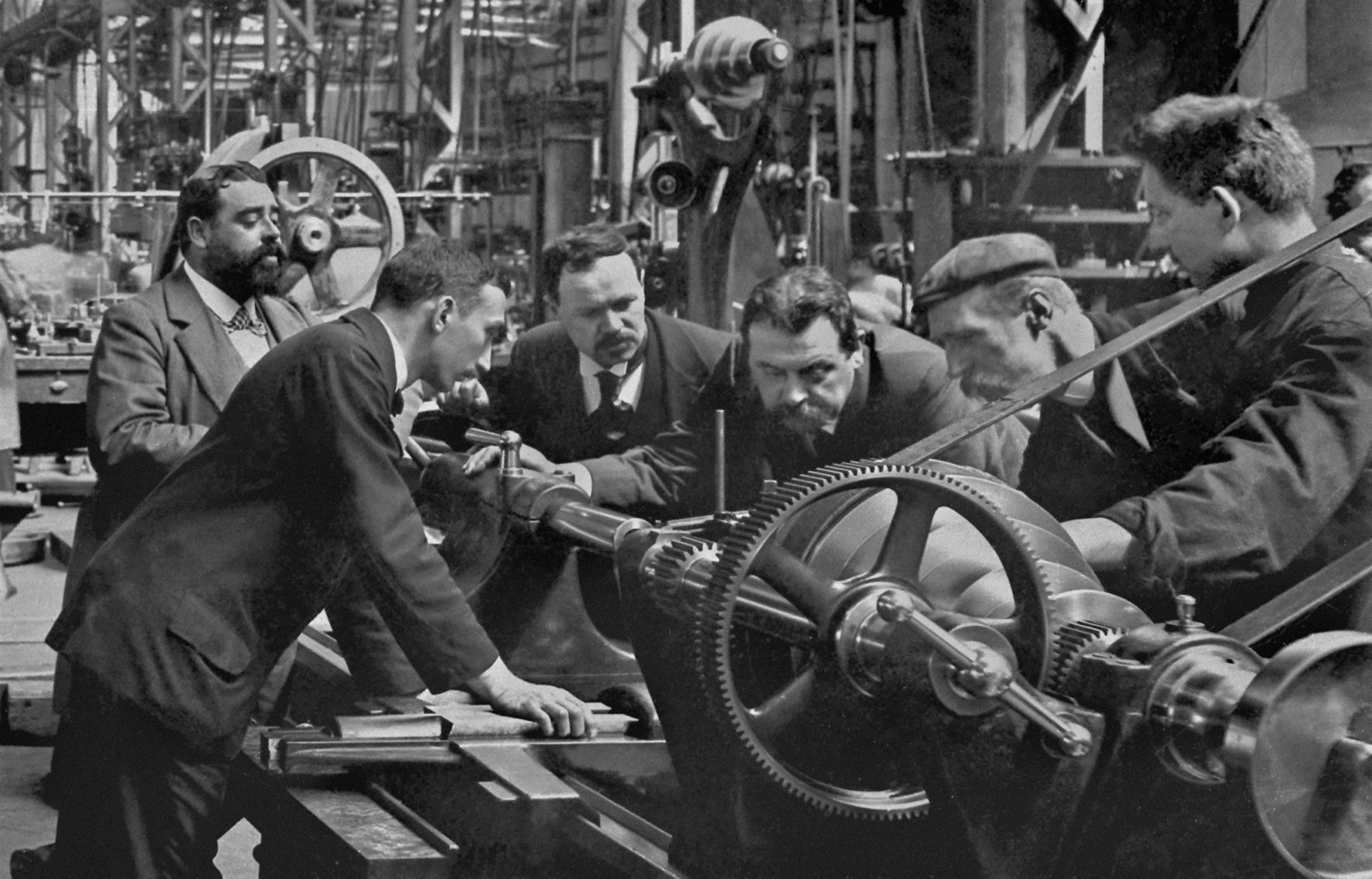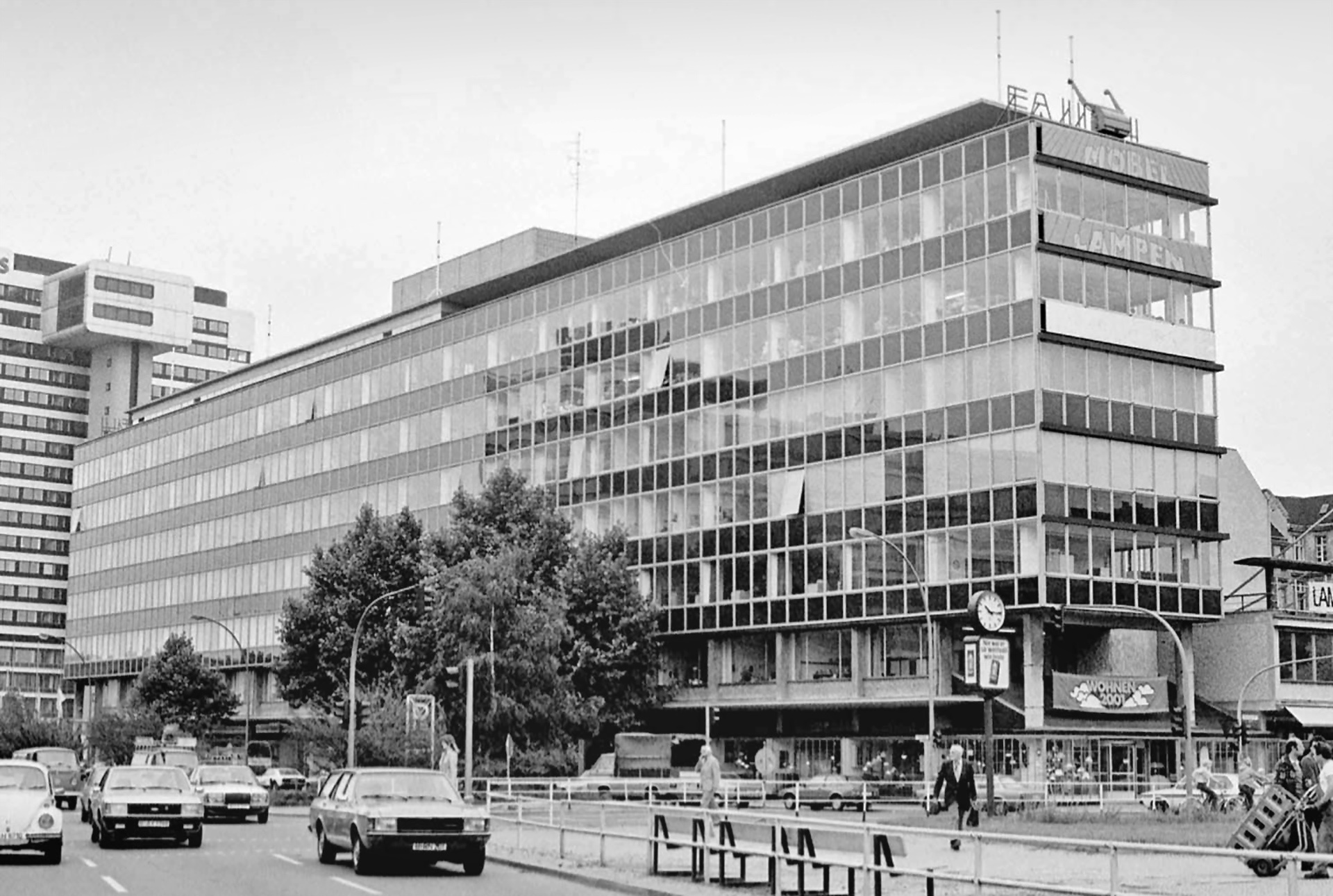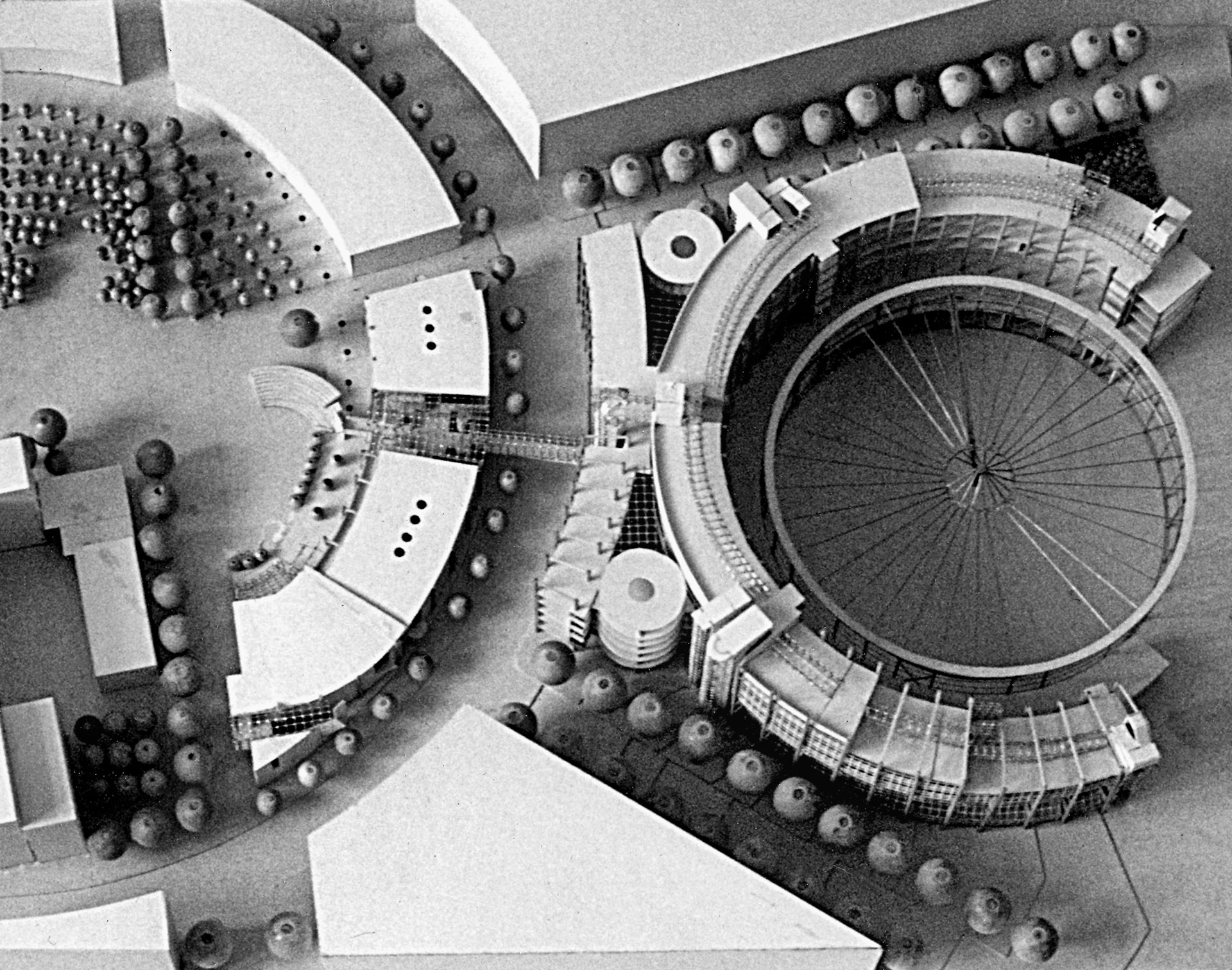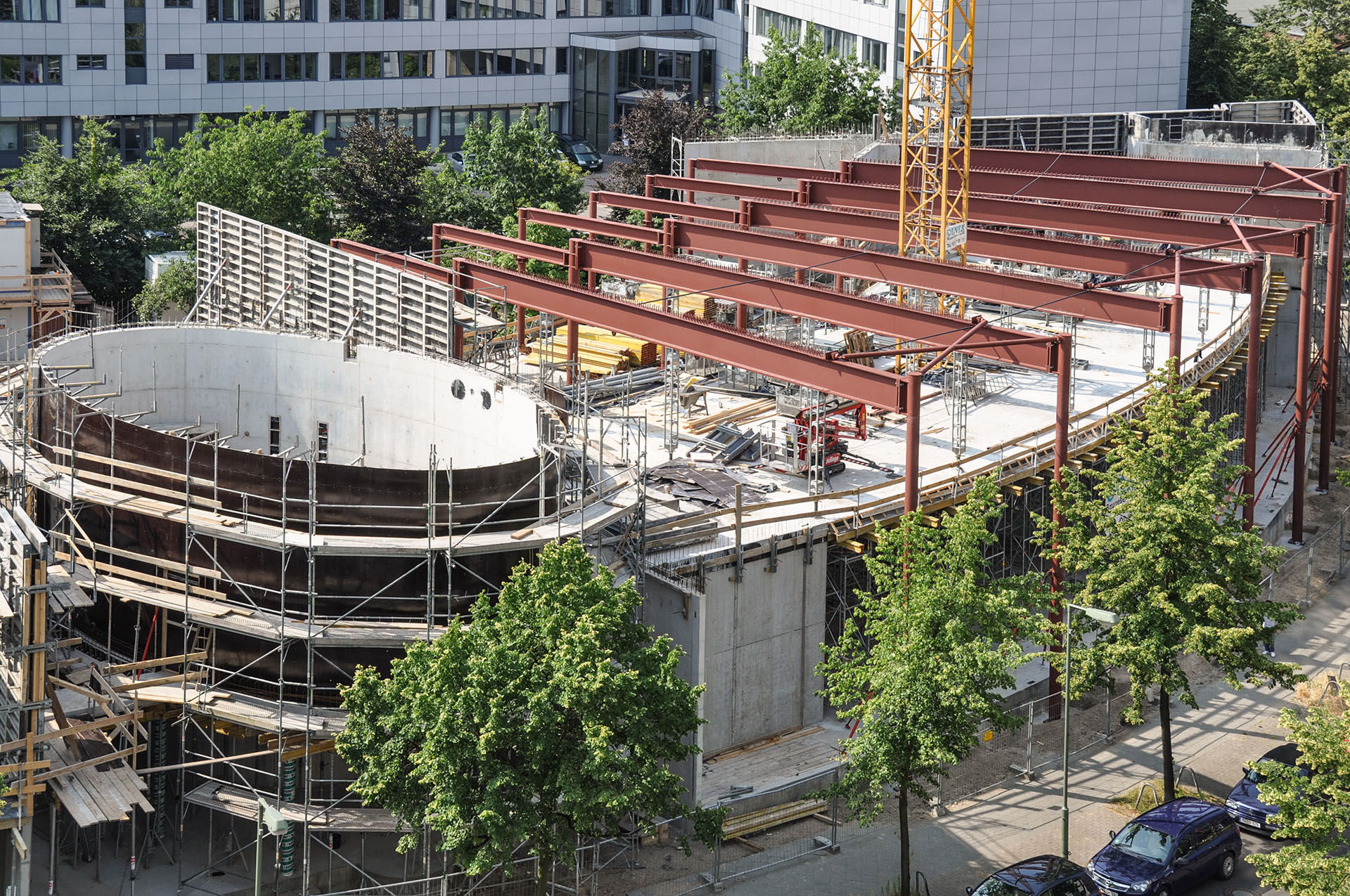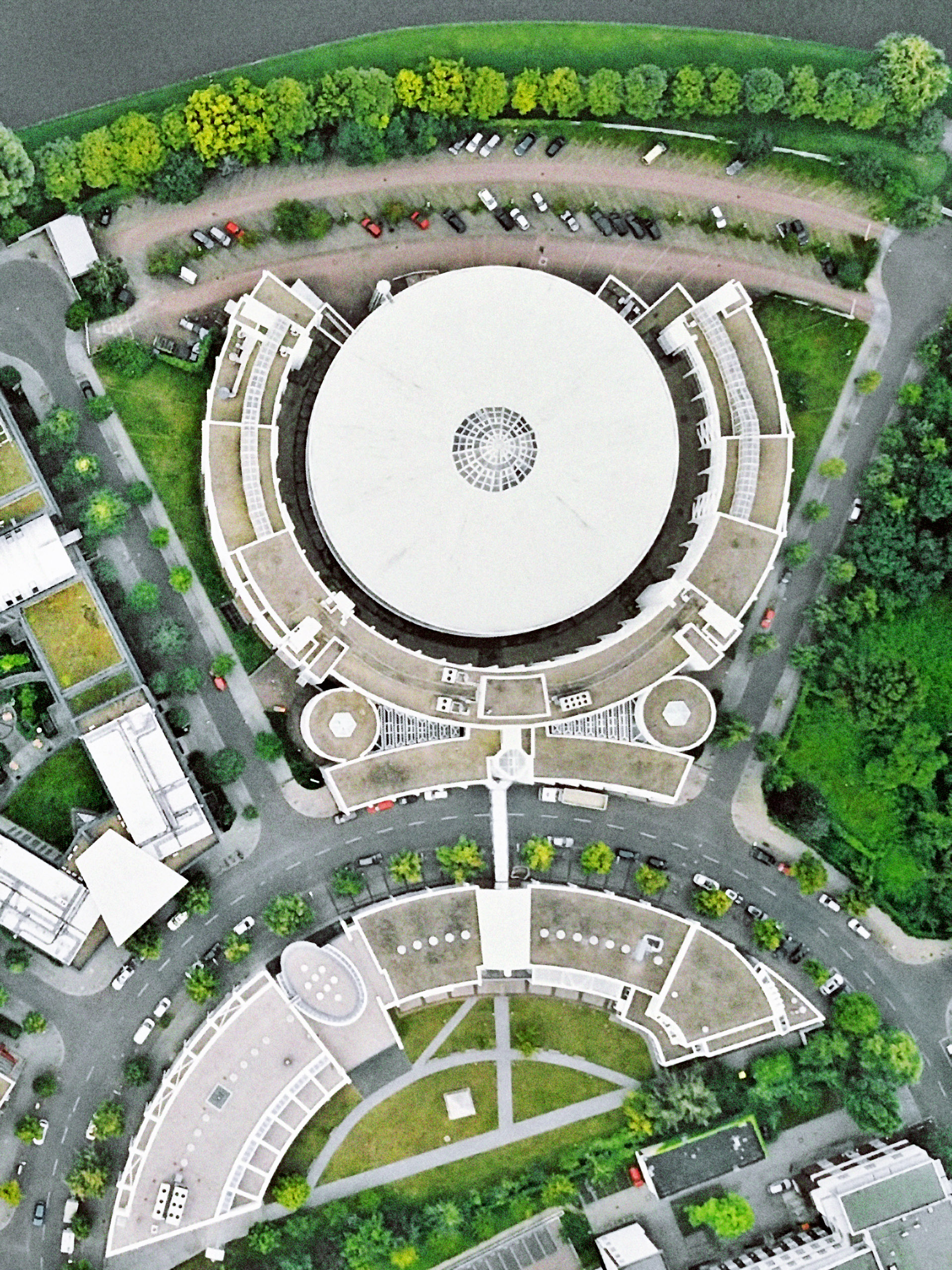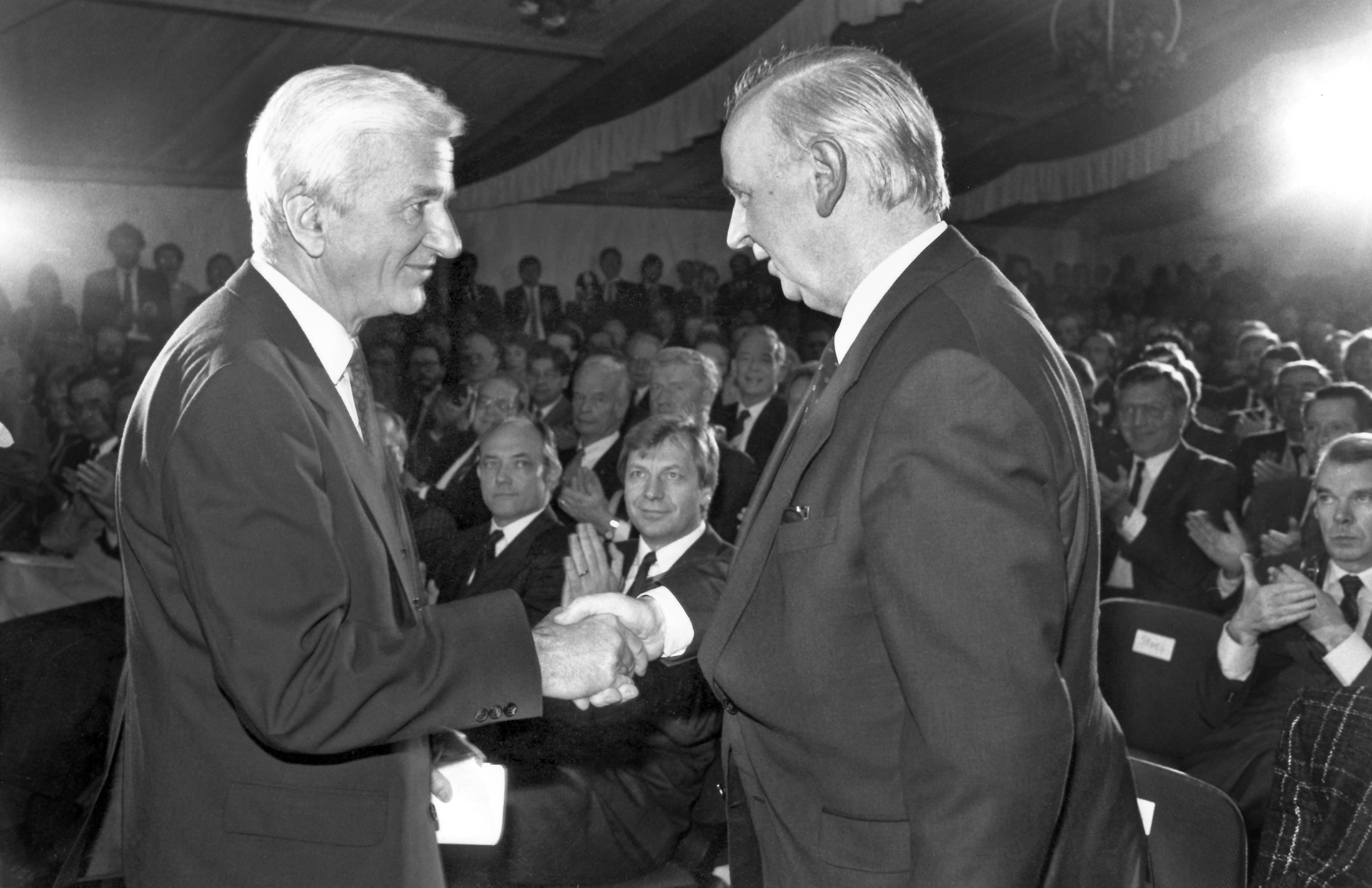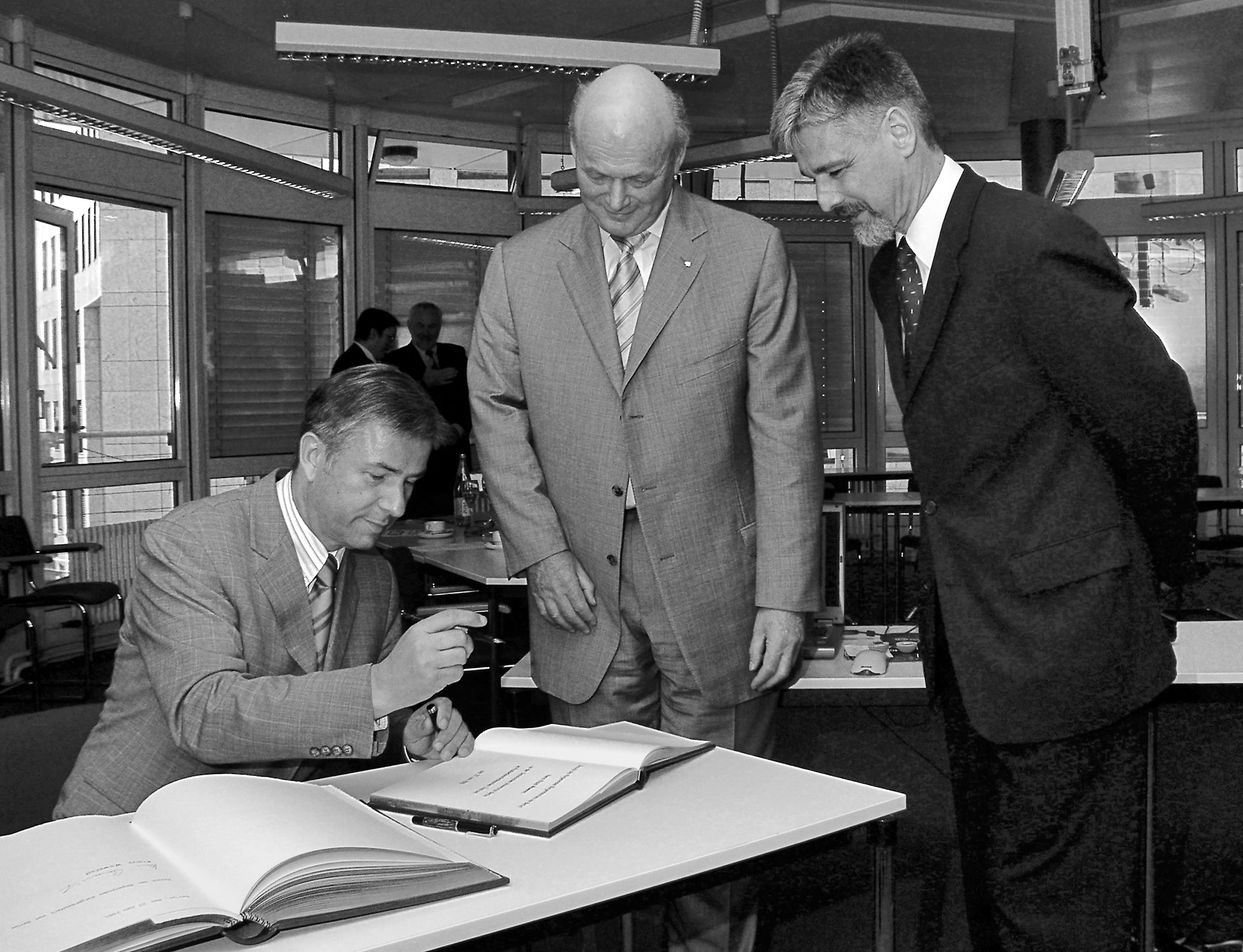Research Needs a Home
Anyone taking a boat ride on the river Spree during a visit to Berlin will learn interesting facts about a round building on the southern riverbank between Moabit and the confluence of Spree and Landwehrkanal. For example, that a tradition of more than one hundred years of university teaching and research in machine tool construction is cultivated here. That it is also known as »the double institute«. Or that a special powder coating has ensured that the white exterior facade has defied the Berlin city air for over 30 years.
If these walls could talk, they would have a lot to tell. They would tell about visitors from all over the world who have come here to learn about milestones in production research, from Computer Integrated Manufacturing to Industry 4.0. They all came because the PTZ is a special research center. Its six floors house two renowned scientific institutions: The Institute for Machine Tools and Factory Management IWF of the TU Berlin and the Fraunhofer Institute for Production Systems and Design Technology IPK. In addition to a test field with around 3200 square meters, the PTZ also provides them with numerous special laboratories, some of which are equipped with high-performance air-conditioning technology for constant ambient conditions. Nearly 100 test rigs enable practical research and development. Such equipment attracts attention, especially in a political center like Berlin. But let us start at the beginning.
How it all began
1904
Georg Schlesinger becomes the first professor for »Machine Tools, Factory Equipment and Factory Operations« at the predecessor of the TU Berlin. He establishes the first production science test field in Germany, cooperates with industrial companies.
1976
Professor Günter Spur initiates a »Berlin Experimental Institution for Production Technology« to transfer research results into industrial application. Thus the first Berlin Fraunhofer Institute is founded, initially as a branch of the Stuttgart Fraunhofer IPA. In 1979, Fraunhofer IPK becomes independent.
1981
Having started with three employees, just a few years after its founding Fraunhofer IPK is spread across two locations – both of them too small. Long distances also make cooperation with the IWF difficult. A joint building is being considered.
Construction history
1982
The building concept of architects Gerd Fesel and Peter Bayerer breaks with traditional building forms in industrial and academic construction. The building sections for practical and theoretical work are not placed next to each other, but are closely interlocked in a circular building.
1986
After three years of construction, the building is inaugurated. In 1987 it wins the German Architectural Award. In addition, the powder-coated facade is awarded the European Steel Design Award.
2011
Exactly 25 years after its inauguration, the PTZ receives an annex for precision manufacturing. At the Application Center for Microproduction Technology – AMP, precisely regulated ambient conditions enable accurate production of the smallest structures.
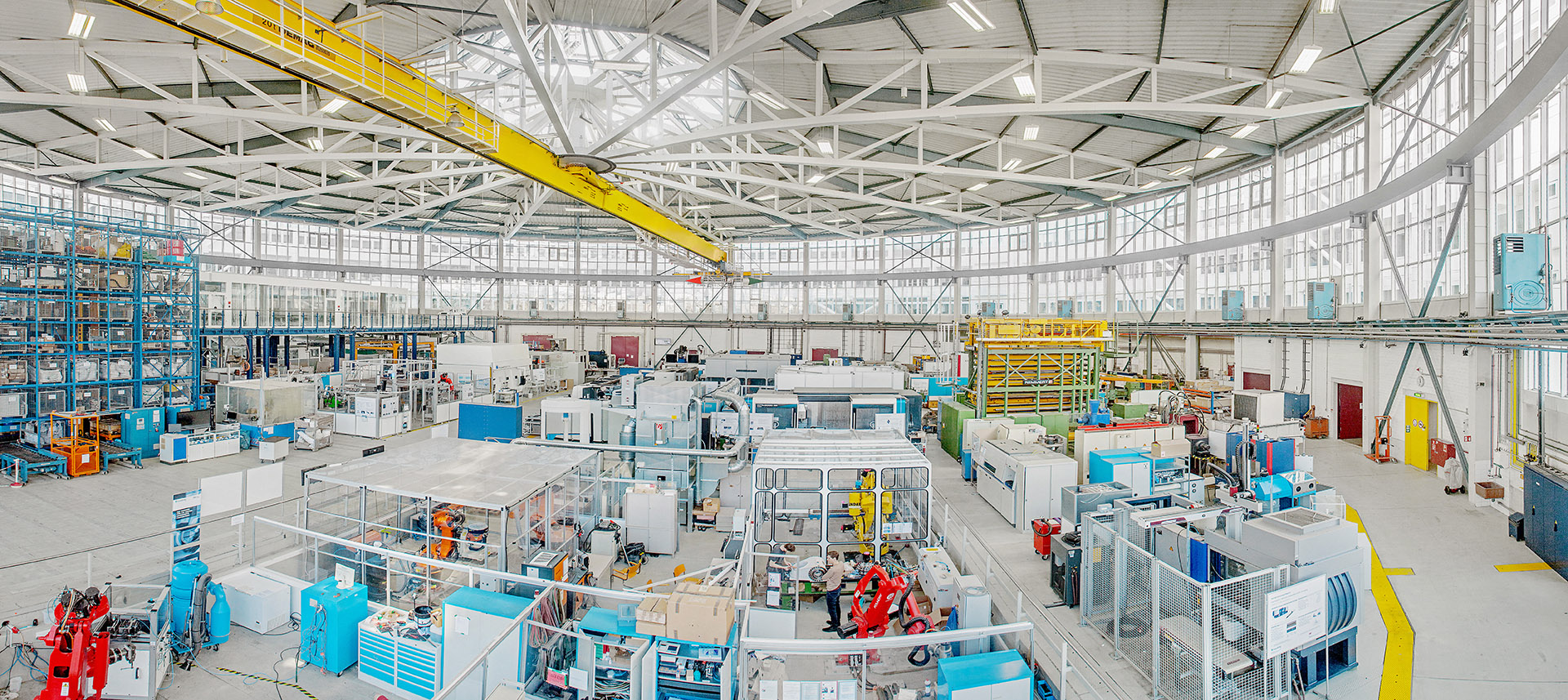
Visitors from all across the globe
1986
The 35 years of PTZ are also 35 years in which visits of high-ranking celebrities have repeatedly underscored the relevance of research at the site. This begins with the building's inauguration by German Federal President Richard von Weizsäcker and Berlin's Governing Mayor Eberhard Diepgen on November 25, 1986.
2005
In the years that followed, numerous German and international political leaders visit the PTZ to find out more about the research conducted there. Among them is Klaus Wowereit in 2005, at that time also the Governing Mayor of Berlin. Federal Research Ministers Edelgard Bulmahn and Johanna Wanka even invite guests to their own events in the building. Chinese Vice Premier Ma Kai creates a diplomatic state of exception in 2015. Armenia's President Dr. Armen Sarkissian as well as the Prime Minister of Thailand, H. E. Prayut Chan-o-Cha even honor the PTZ on the same day in 2018. And science ministers from Australia, China, Great Britain, Indonesia, Jordan and Thailand, among others, learn details about the Fraunhofer model.
 Fraunhofer Institute for Production Systems and Design Technology
Fraunhofer Institute for Production Systems and Design Technology